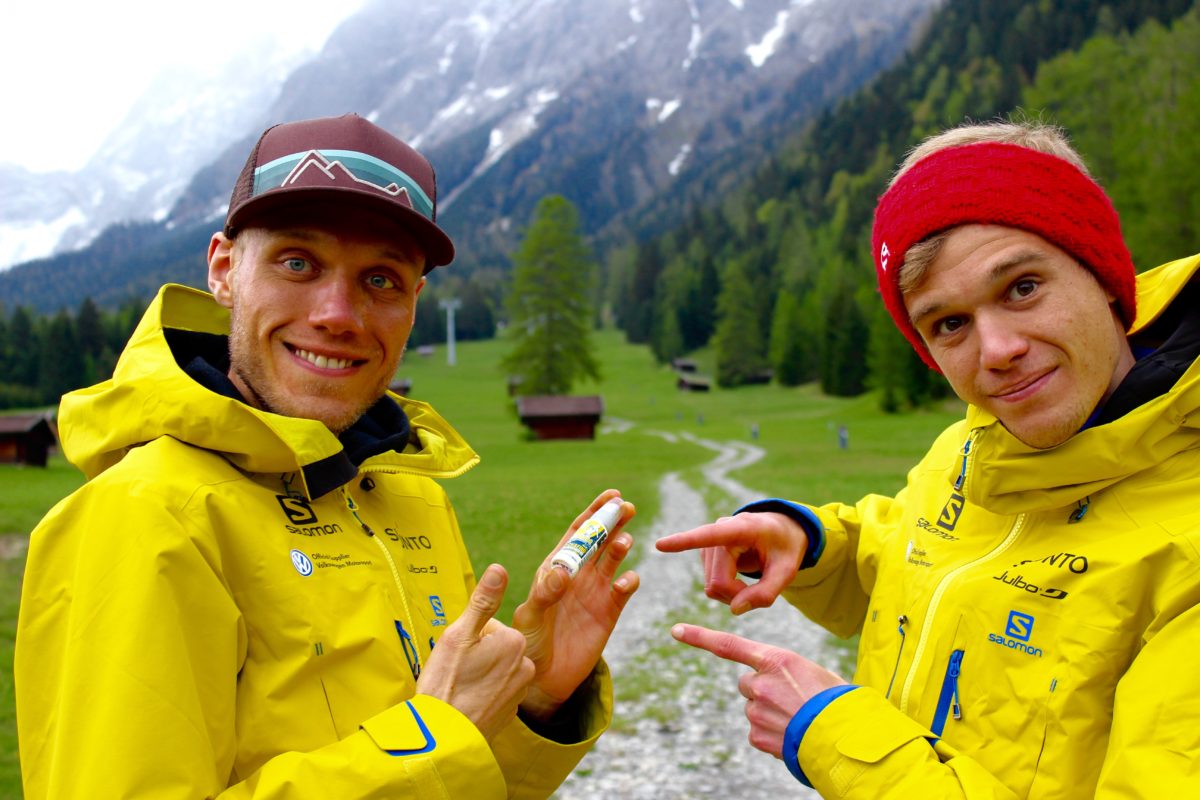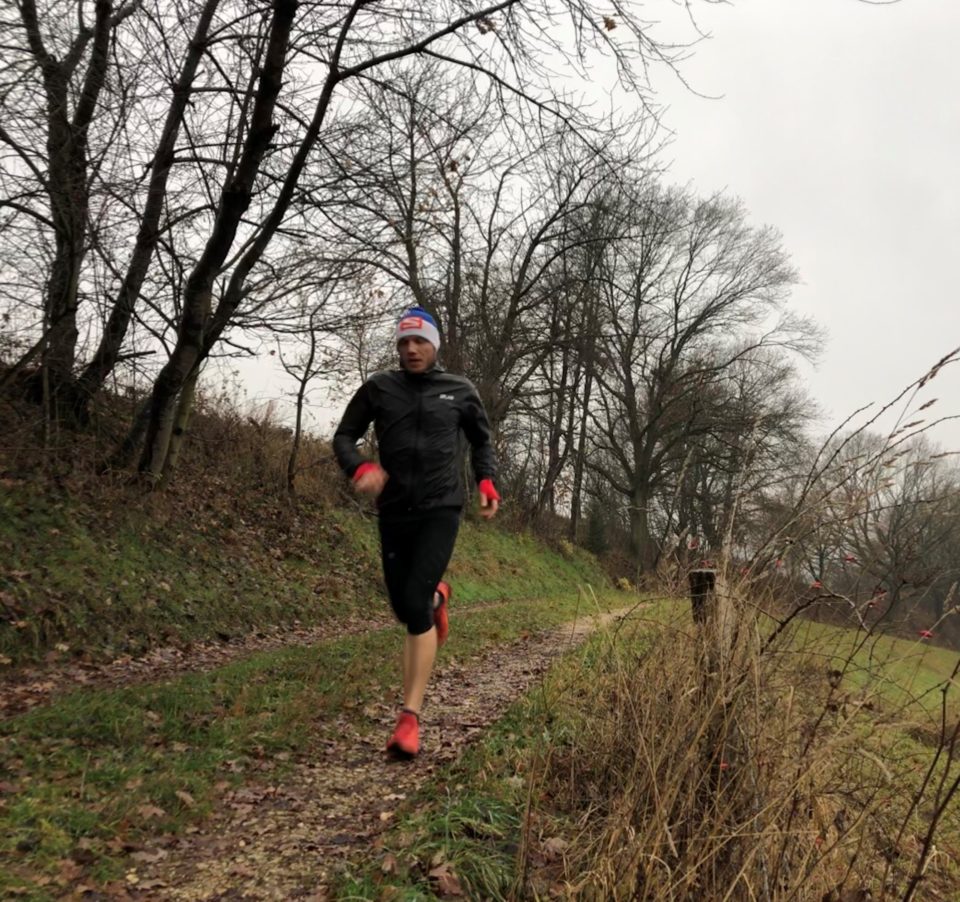
A few words from the Baur brothers about getting started running “over hill and dale”
After a brief introduction to trail running in the first part of the Baur brothers’ blog series, which also taught us a few things about trail-running shoes, this time the two brothers tell us what clothes to wear and what to look out for when you’re shopping for them.
First-hand knowledge – Tips for you from the Baur brothers
Clothes – Choosing the right outfit
No matter where I’m going or what I’m doing, I always start by making sure I choose the right clothes. It’s the same with trail running. The only difference is that, when you’re running, functionality is king. But you don’t need to run straight to your nearest sports store and buy everything in sight. When you’re starting out, you only really need to get a small selection – roughly two complete outfits. You’ll also need additional clothes for more extreme weather, like a rain jacket, gloves, or a running hat.
To get an initial idea, let’s take a quick look at what a good outfit should always include. Most people will have heard the advice to “dress like an onion”. In endurance sports, and in outdoor and mountain sports, the clothes you wear should follow this principle. Choosing outfits with a base layer, a mid-layer and a protective outer layer is a tried-and-tested approach.
– The base layer: This forms the first layer, which sits against the skin and is designed to be exceptionally good at wicking sweat away from the body. You don’t notice the sweat on your skin and you feel reasonably dry and warm. The base layer must therefore be a close fit and fitted at the waist.
– The mid-layer: The base layer is followed by the mid-layer. This can be a long-sleeved shirt or a running hoodie, for example. The mid-layer should keep you warm.
– The outer layer: Depending on the weather conditions, you can wear a windproof jacket, a rain jacket, or a down jacket as a protective outer layer. Your jacket is the last line of defense and keeps the weather out and your body heat in.
You will find it’s a case of trial and error, based on the weather conditions and the temperature outside. You will need to experiment for yourself to find out what suits you personally and how many layers you need to put on. So to finish with, here are three examples of possible outfits for a variety of conditions, which have worked for us in the past:
Outfit 1 – Temperature range of +10°C to 20°C, normal conditions, no rain
– Running socks, no-show or quarter height
– ¾ length running tights or (short) shorts
– Base layer – Short-sleeved compression shirt
– Mid-layer – Long-sleeved or short-sleeved shirt
– Light windproof jacket, optional
– Lightweight hat or cap
Outfit 2 – Temperature range of 0°C to 10°C, cold wind and rain
– Running socks, crew height
– Long running tights
– Base layer – Long-sleeved compression shirt
– Mid-layer – Long-sleeved shirt or running hoodie
– Outer layer – Rain jacket
– Warm hat and gloves
Outfit 3 – Temperature range of +20°to bis +35°C, midsummer, sunny
– Running socks, no-show or quarter height
– Short running shorts
– Shirt
– Cap and sunglasses
So now you should have everything you need – when it comes to clothes and shoes, at least – for your first trail-running experience ?
